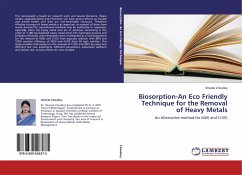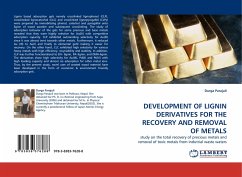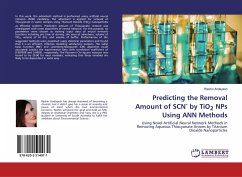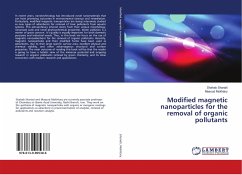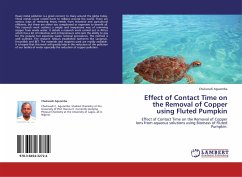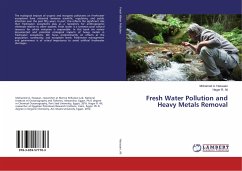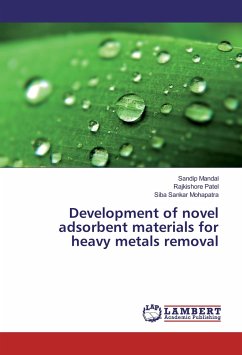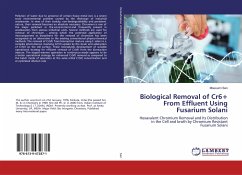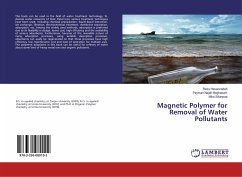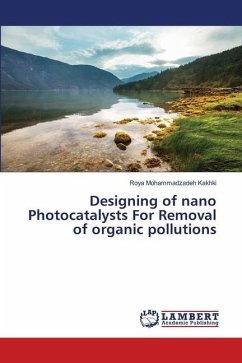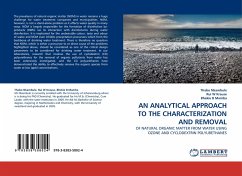
AN ANALYTICAL APPROACH TO THE CHARACTERIZATION AND REMOVAL
OF NATURAL ORGANIC MATTER FROM WATER USING OZONE AND CYCLODEXTRIN POLYURETHANES
Versandkostenfrei!
Versandfertig in 6-10 Tagen
32,99 €
inkl. MwSt.

PAYBACK Punkte
16 °P sammeln!
The prevalence of natural organic matter (NOM) in waterremains a huge challenge for water treatment companies andmunicipalities. NOM, however, is not a stand-alone problem asit affects water quality in many ways. NOM is largelyresponsible for the formation of disinfection by-products(DBPs) via its interaction with disinfectants during waterdisinfection. It is implicated for the undesirable colour,taste and odour of water and NOM even inhibits precipitationprecursors which form the backbone of drinking watertreatment. There is therefore no question that NOM, which iseither a precursor to or dir...
The prevalence of natural organic matter (NOM) in water
remains a huge challenge for water treatment companies and
municipalities. NOM, however, is not a stand-alone problem as
it affects water quality in many ways. NOM is largely
responsible for the formation of disinfection by-products
(DBPs) via its interaction with disinfectants during water
disinfection. It is implicated for the undesirable colour,
taste and odour of water and NOM even inhibits precipitation
precursors which form the backbone of drinking water
treatment. There is therefore no question that NOM, which is
either a precursor to or direct cause of the problems
highlighted above, should be considered as one of the
critical design parameters to be considered for drinking
water treatment. In our laboratories, research that involves
the use of cyclodextrin (CD) polyurethanes for the removal of
organic pollutants from water has been extensively
investigated, and the CD polyurethanes have demonstrated the
ability to effectively remove the organic species from water
at low (ppb) concentrations.
remains a huge challenge for water treatment companies and
municipalities. NOM, however, is not a stand-alone problem as
it affects water quality in many ways. NOM is largely
responsible for the formation of disinfection by-products
(DBPs) via its interaction with disinfectants during water
disinfection. It is implicated for the undesirable colour,
taste and odour of water and NOM even inhibits precipitation
precursors which form the backbone of drinking water
treatment. There is therefore no question that NOM, which is
either a precursor to or direct cause of the problems
highlighted above, should be considered as one of the
critical design parameters to be considered for drinking
water treatment. In our laboratories, research that involves
the use of cyclodextrin (CD) polyurethanes for the removal of
organic pollutants from water has been extensively
investigated, and the CD polyurethanes have demonstrated the
ability to effectively remove the organic species from water
at low (ppb) concentrations.



